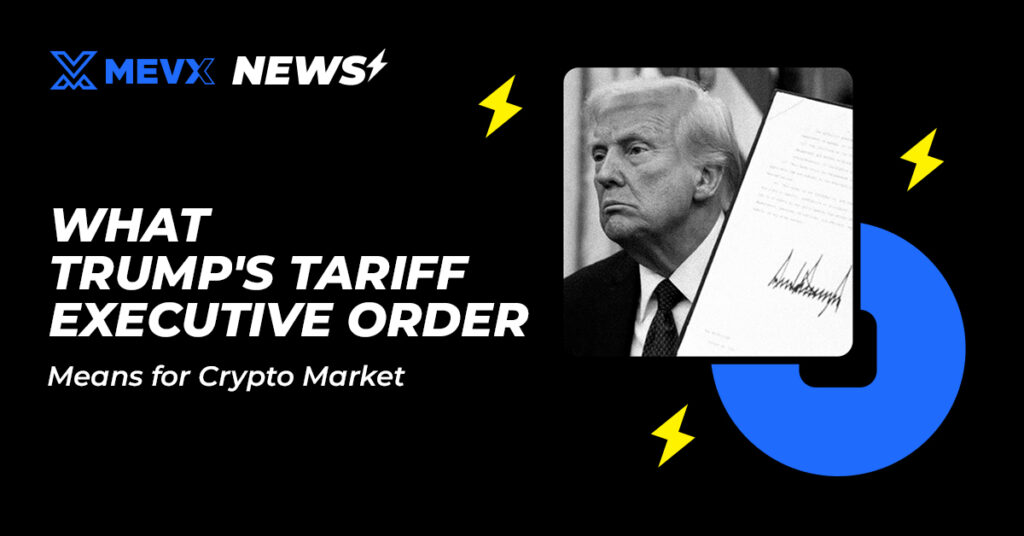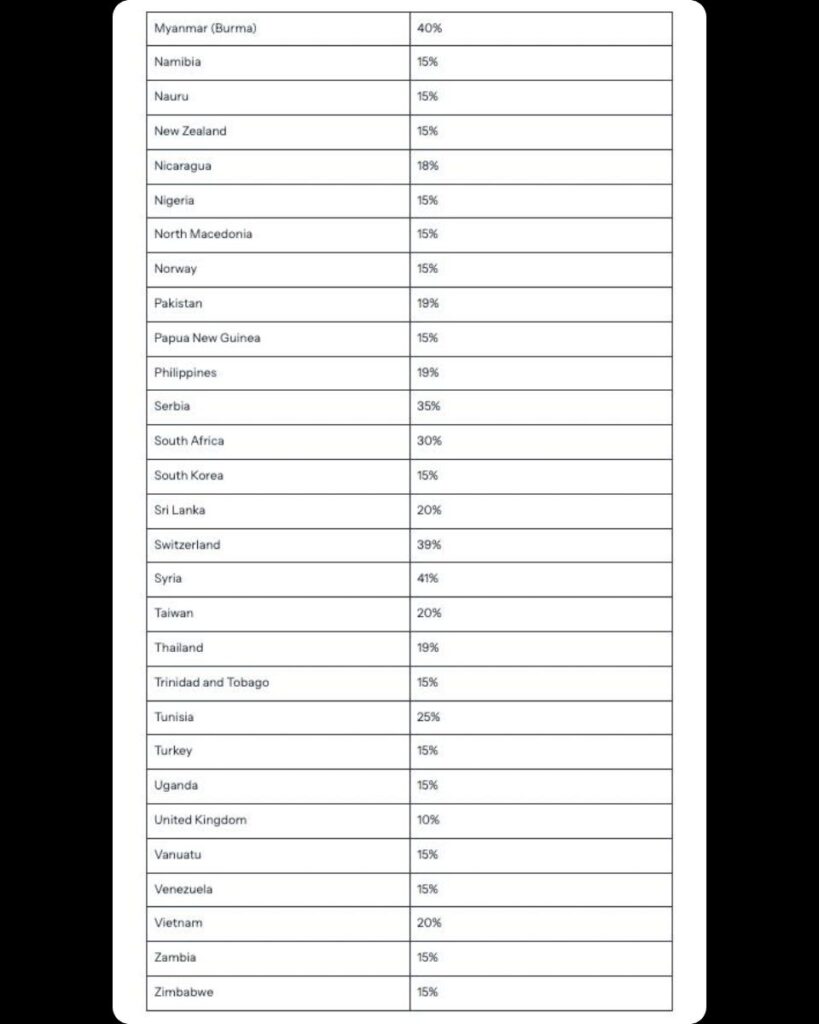President Donald Trump signed the Executive Order titled “Further Modifying the Reciprocal Tariff Rates” on July 31, 2025. Effective dates vary, with some tariffs kicking in as early as August 7, 2025.

While the order focuses on physical goods like consumer products and agricultural items, its ripple effects are already felt in financial markets, including the volatile world of cryptocurrency.
What is the Executive Order All About?
This Executive Order builds on Trump’s trade agenda, escalating tariffs on key partners like India (25%), Brazil (40%), and the EU (15%).
It’s designed to promote reciprocity, ending exemptions and targeting nations accused of dumping or subsidizing exports. Critics warn of potential inflation and supply chain disruptions, while supporters see it as a win for U.S. manufacturing.
This isn’t Trump’s first tariff tweak; similar actions in July 2025 addressed issues like de minimis exemptions and specific country threats, but this one is broader, fueling fears of a renewed trade war.

Key Impacts on the Crypto Market
Though the Executive Order doesn’t directly regulate digital assets, its economic fallout is hitting crypto hard through indirect channels:
- Market Volatility and Risk-Off Sentiment: Stocks tumbled post-announcement, dragging crypto down with them. Bitcoin dipped below $115,000 to a three-week low, while Ethereum hovered around $3,600 amid $630 million in liquidations, mostly long positions.
- Supply Chain Disruptions for Mining: Higher tariffs on tech imports from countries like China (20%) could raise costs for hardware like ASIC miners, squeezing profit margins for U.S.-based crypto operations.
- Global Economic Ripple Effects: Tariffs on major crypto hubs like India may slow regional growth, reducing investment flows into digital currencies and potentially stifling adoption in emerging markets.
In the long run, some analysts speculate this could position crypto as a hedge against trade tensions and inflation, given its borderless nature. However, short-term pain seems inevitable as markets digest the policy shift.
Curious about how trade policies will shape crypto’s future? Follow our MevX blog for more insights and stay ahead of the curve!
Share on Social Media:
